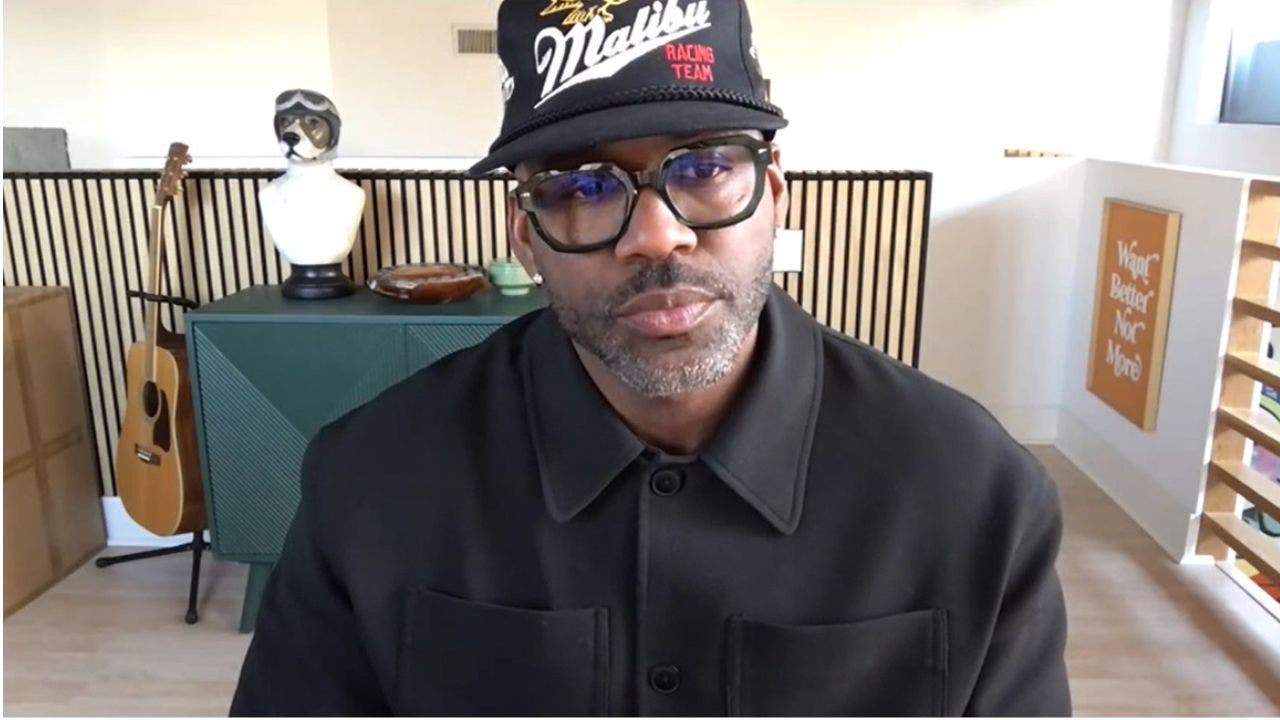If you’re wondering how to be a good listener, you’ve come to the right place.
Despite our best intentions, most of us aren’t always the best listeners — but in our defense, it’s not exactly easy to give someone our undivided attention. We’re constantly distracted by pings and dings from our devices, for one thing. And it’s also a natural human instinct to want to relate to other people and help solve their problems — and constantly interrupt as a result. Whether you’re being lured by the siren song of a text notification or feeling the urge to interject with advice or encouragement, it can be surprisingly difficult to just… shut up and listen.
It’s not realistic to bring your A-game to every conversation, but “active listening” — the MVP when it comes to lending an effective, empathetic ear, according to the therapists we interviewed— is a skill you can hone and deploy when it’s important to show up for your people. (Think when someone you love wants to vent, get support, or simply share their perspective.) “The point of active listening is to make the person you care about feel seen, heard, and understood,” Hope Kelaher, LCSW, author of Here to Make Friends, says.
But what does that actually look like? It will depend a lot on the situation at hand and your relationship with the speaker, but there are a few golden rules that can level up your skills. Here, experts share seven things to keep in mind the next time someone you care about needs to talk — and you want to really hear them. How to be a good listener 101, below…
1. Ask what they need from the conversation.
Before we get into more general tips, know that the most essential instructions might come from the person you’re talking to. Often, it’s simplest to just ask what they need. “Are you venting or am I helping?” is the go-to phrase for Mary Houston, LCSW, therapist and co-founder of The Cove Restorative Psychiatry & Wellness. “They might not know, exactly, but this frame can tease out whether they’re looking for something specific or just someone to listen,” she says.
That’s not the only way to suss out how to best support them. You can also ask for other preferences or more context. Do they welcome swapping similar experiences or would they rather keep the focus on them? Is this a feelsy conversation or a practical one? The point is to offer options, Houston says, which is often more helpful than a broad “What do you need from me here?”
By the way, you don’t have to square all of this away at the top of the conversation. Checking in as it comes up works, too, and can feel more natural. Think: “Oof, that reminds me of my last boss — would it help to hear how I dealt with it?” or “Dang, that sounds frustrating. Are you looking for advice here or nah?”
2. Mirror their words back to them.
You might have heard this strategy referred to as “reflective listening,” a big part of active listening. “It involves gleaning information from what the other person is saying and putting it back out there in bite-size pieces,” Kelaher explains. The main goal — beyond staying engaged — is to make sure you’re understanding them correctly so you can show up the way they need, whether that’s offering appropriate advice or validating what they’re feeling.





















Discussion about this post